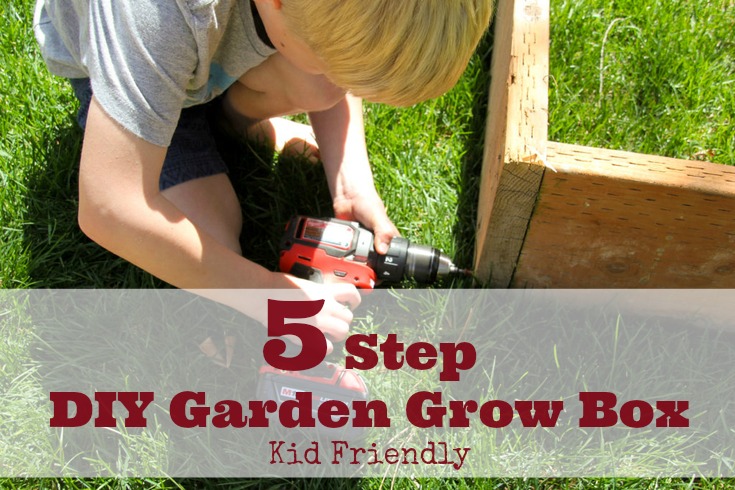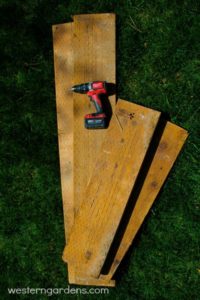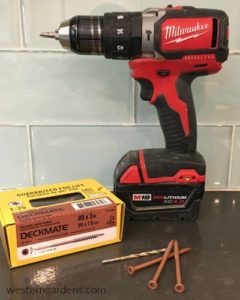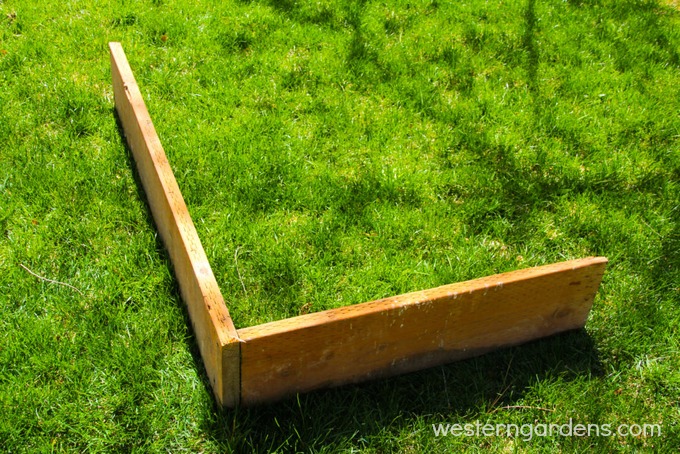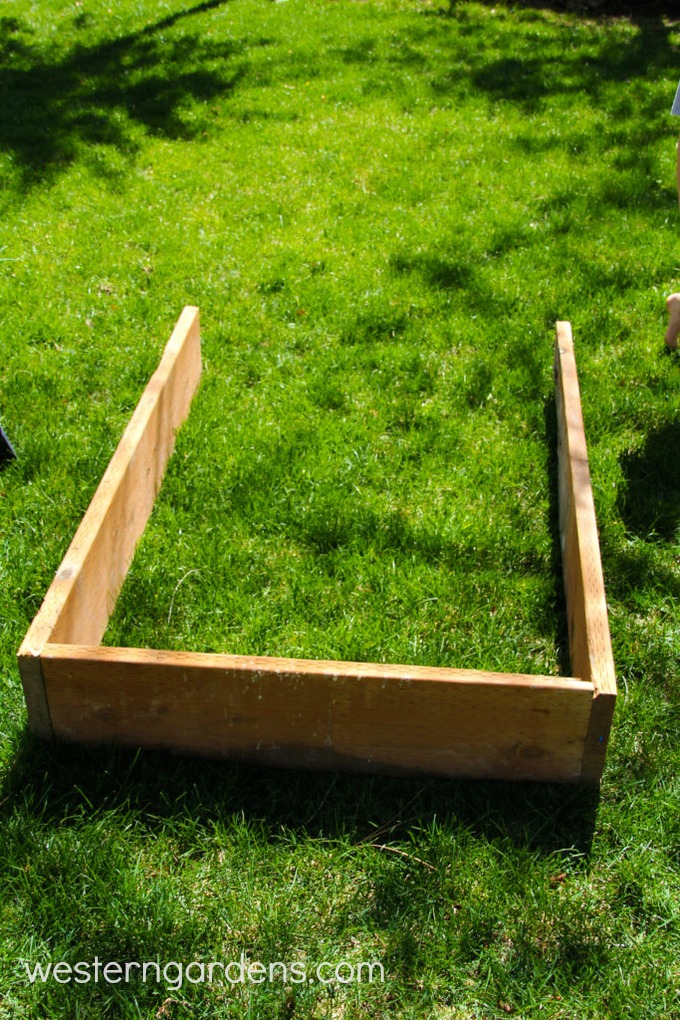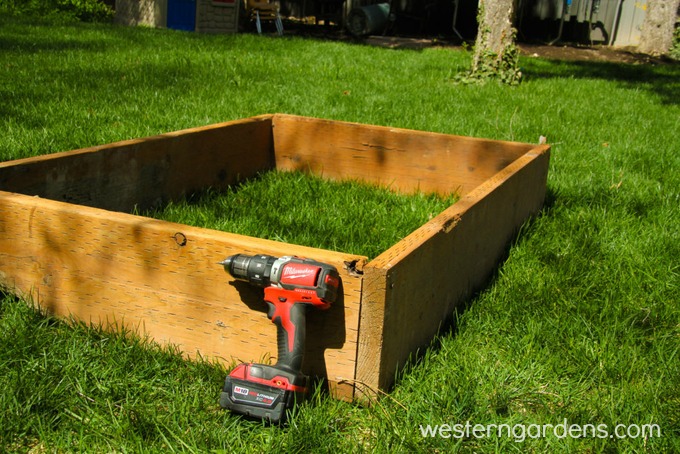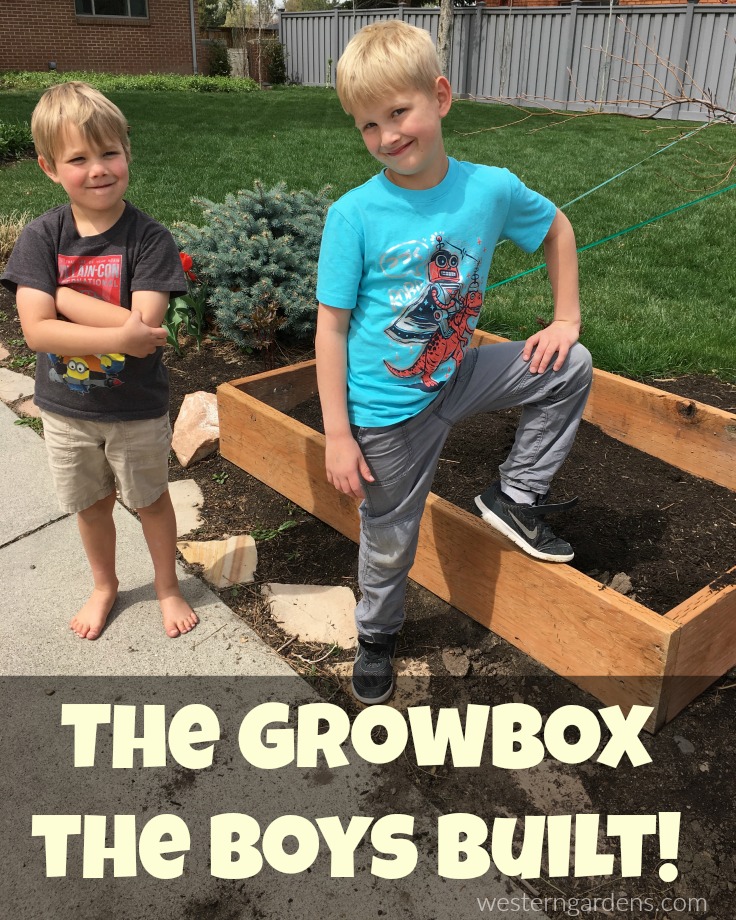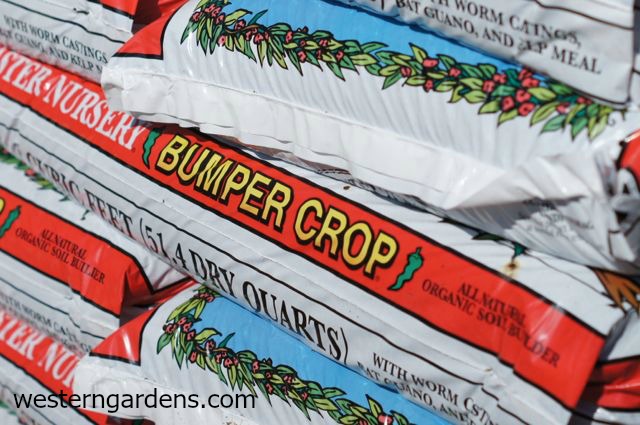Welcome Gardening Friend! Glad you dropped in.

Was 2017 the year that you planned to finally get your family garden up and running? Maybe now you’re realizing that it’s July and all you have is a bare patch of soil and good intentions? Not to fear! You still have time to enjoy a fall harvest and make it a family affair! Here are some ideas of vegetables to plant in July and August in your garden.
Here are four fruits and vegetables that are fun to grow, yield a quick crop, and make gardening with the family easy and fun!
Tomatoes: Since tomatoes need to be planted after the danger of frost has passed they’re a possible choice for mid-summer planting. When July’s summer heat kicks into high gear, you’ll want to take precautions to protect the plants from the hottest part of the day, plus plant on a cloudy day or in the evening after the worst heat. Shade coverings, mulch, and adequate & consistent watering will help your tomato plants take off. When starting tomatoes later in the summer it’s also important to select a “short season” variety, one that will be ready for harvest before the fall frost arrives. There are also some heat tolerant varieties as well, like Grape, Heat Wave II or Fourth of July.
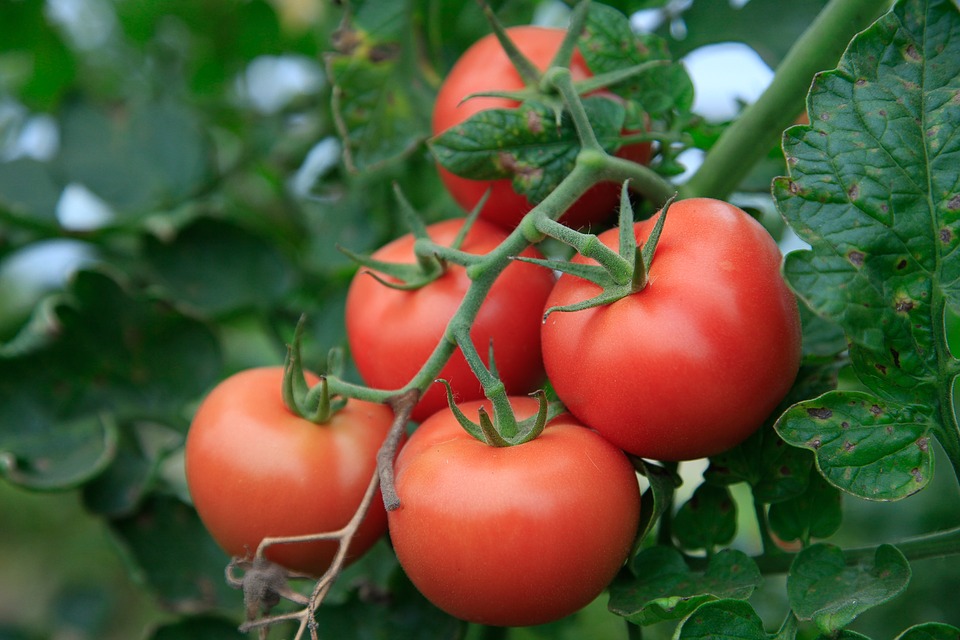
Photo Credit: Pixabay
Peppers: Although pepper plants take longer to mature than other vegetables, their fruits can be fun for children (and adults!) to watch as they grow and change color. You’ll find varieties of pepper plants that have Days to Maturity time of 60-70 days. Examples: Orange Blaze, Gold Standard, Jalapeno Gigante, or Big Guy. Chick here for more. Your garden center will also have some seeds and maybe some plants still available to browse through. Find one that your family will enjoy eating, as well as watching! Remember that some varieties of peppers must be handled with care as they leave a residue on the skin that will cause irritation.
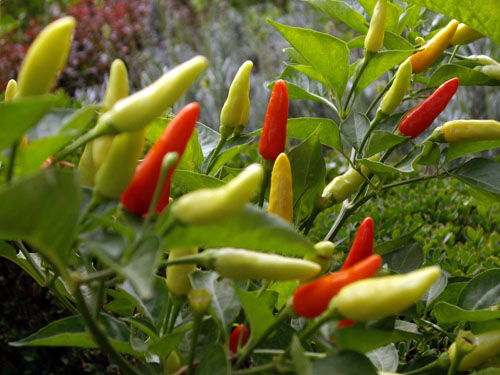
Photo Credit: Wiki Media
Pumpkins: Plant pumpkin seeds now and reap some jack-o-lanterns in the fall! But you better hurry! Pumpkins generally require 75-100 days to maturity. Check the variety! Hopefully we won’t have a frost until late October. Your children can watch as the seeds grow into vines that will creep throughout your garden. When selecting your pumpkin seeds, think about the size of your available garden space. You’ll want to choose between between a variety of tiny pumpkins or larger ones that are best suited for carving jack-o-lanterns. No matter what you decide, pumpkins are fun and easy to grow and their seeds make a delicious, roasted treat in the fall.
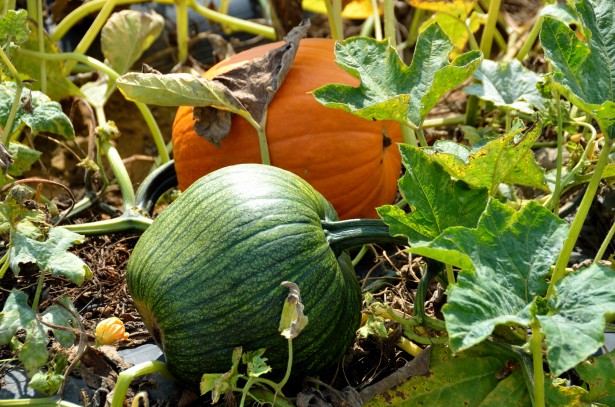
Photo Credit: Public Domain Pictures
Radishes: Radishes are a terrific addition to the family garden because they are colorful, quick growers. Children can expect to pull up their first crop just a few short weeks after planting the seeds – a very quick garden turnaround! Your family will enjoy watching as the tops of the radish greens emerge from the soil. When they are about one week ole, radish plants should be thinned to approximately two inches apart a job that children can do after some instruction and coaching. Fast growing spring varieties of radishes should be planted when the weather is still cool. However, winter radishes can be planted later in the summer as late as mid-August. They take longer to grow but will still provide your family with the satisfaction of planting a seed in the ground and pulling a vegetable out of the dirt!
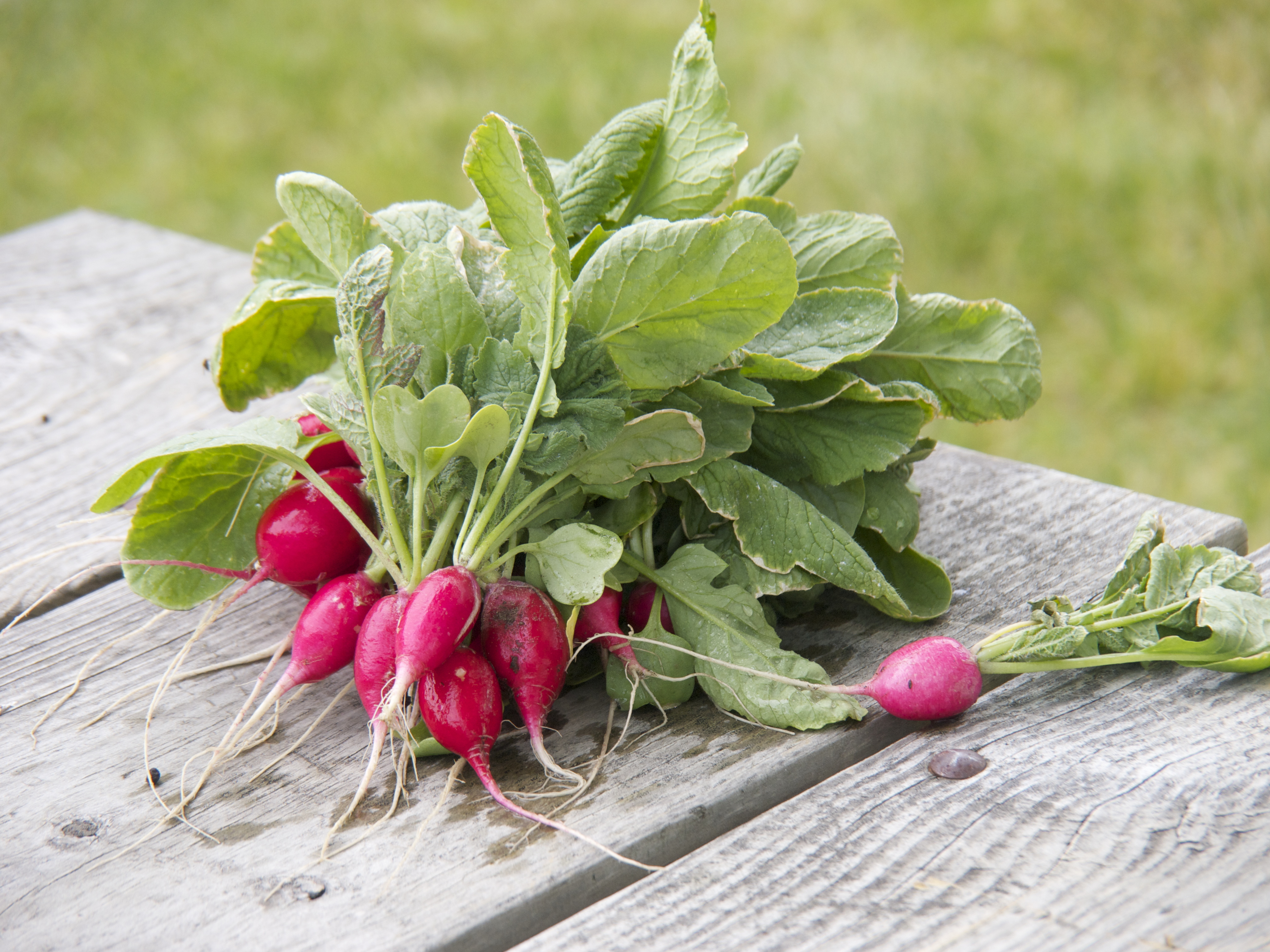
Photo Credit: Wikimedia
The 2nd Planting List: Come on in to Western Gardens for an extensive list of vegetables and herbs that can still be planted in July and August. To name a few on the list: arugula, cauliflower, carrots, cabbage, and many many more.
